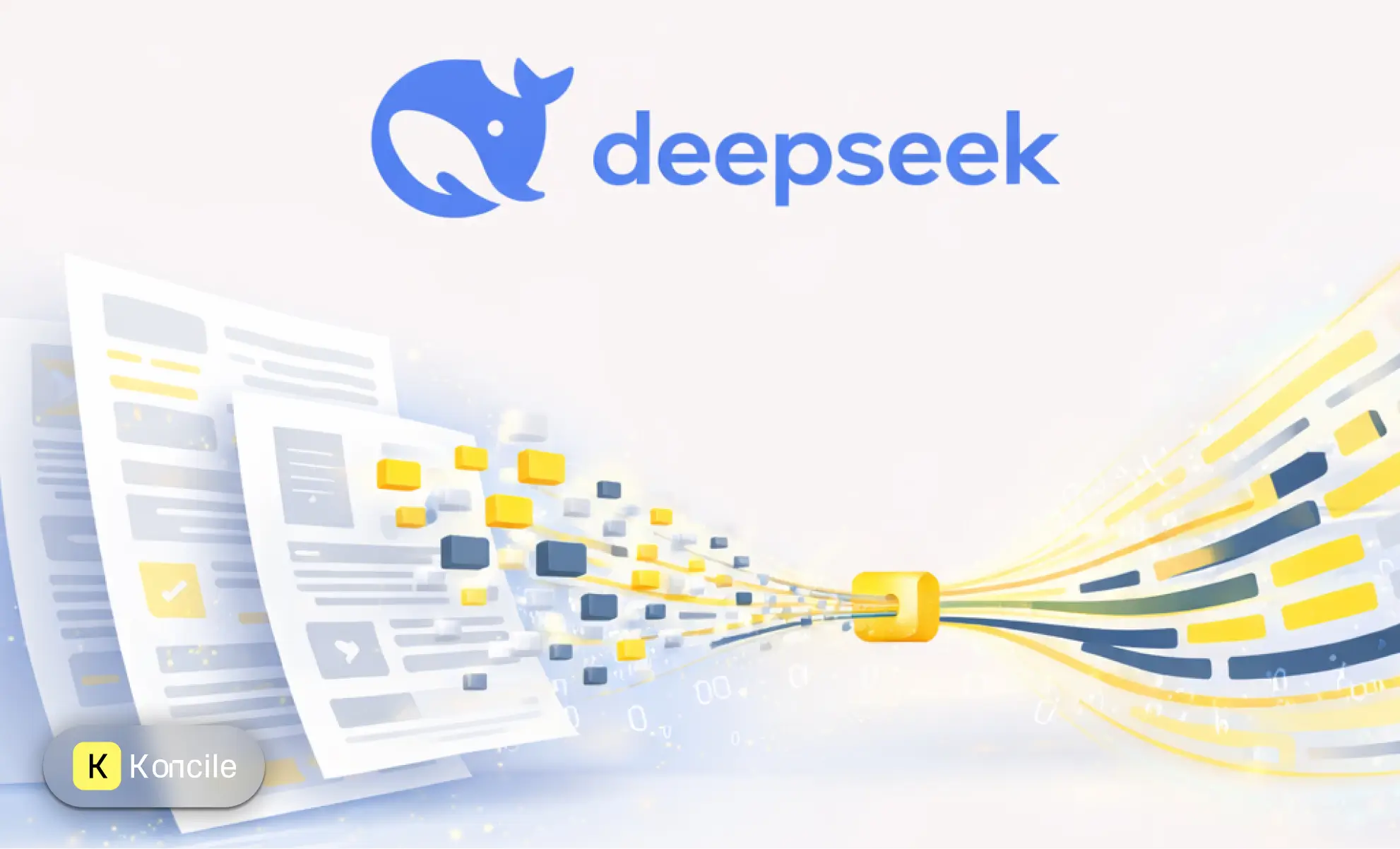
How weak technical signals reveal document fraud risks.
Feature
Dernière mise à jour :
November 4, 2025
5 minutes
OCR.space is distinguished by its ease of access and its widely used free version. But can it really meet professional needs? Performance, precision, limitations: we analyzed the tool to measure its relevance according to your use cases.
OCR.space is a free and easy to use online OCR tool. In this article, we assess its performance and limitations to determine if it is suitable for professional use.
OCR.space is an optical character recognition (OCR) service available online, recognized for its ease of use and its free version. It allows you to convert images or PDF files into editable text, without requiring the installation of software.
OCR.space supports more than twenty languages, including French, English, Arabic and Chinese, including French, English, Arabic and Chinese, making it an interesting solution for various needs.
The tool also offers an API that can be accessed free of charge up to a certain volume, which appeals to both developers and small businesses looking for simple text extraction automation.
Through this test, we want to determine whether OCR.Space can really meet professional use cases or if it is better to turn to more specialized alternatives. We will analyze its functionalities, results and limitations, comparing it to other tools on the market.
OCR.space offers a set of interesting features for a free tool:

During our tests, OCR.space was quite responsive on standard printed materials. Recognition is generally done in a few seconds, with text that can be used immediately in simple cases.
On well-scanned documents, the Accuracy is satisfactory, with few character errors or cuts. For clear and well-aligned texts, the results can be around 99% correct recognition.
On lower quality documents, performance varies. With slightly fuzzy scans or photos of documents, useful options such as auto-rotation and enlargement improve file results.
One point to note: table recognition is managed quite well, with a specific mode that aligns rows from the source table in the text extraction, which can be useful for documents like invoices or statements. However, it should be noted that this does not replace a 100% structured extraction (field by field): you get formatted text, but not directly a table that can be used in the form of a spreadsheet for example.

Concerning the handwriting as well as on old documents or very stylized fonts, performance deteriorates. Like most free OCRs, OCR.space does not support handwriting recognition (no ICR module). In these types of cases, more specialized or trained solutions are generally required.
Finally, it should be noted that the original layout (fonts, images, formatting) is not retained in plain text or JSON output. OCR.space provides plain text, but without visual formatting. For cases where presentation is essential (such as converting to Word that is true to the original), other tools offer better results.
OCR.Space is therefore doing well forfast text extraction from simple documents, especially in occasional or exploratory use. For more advanced needs (handwritten documents, structured extraction, style preservation), more robust solutions will be preferable.
One of the major assets of OCR.Space is its generous free offer.
Without paying a cent, you can process documents both via the web interface and via the API. The free online service accepts files up to 5MB and the free API allows up to 25,000 requests per month (around 500 per day) with a simple API key.
Beyond these limits, OCR.Space offers paid plans affordable.
For businesses with specific requirements, there is an offer Enterprise custom made (starting at ~$999/month). This makes it possible to obtain a dedicated OCR server, which can even be deployed locally (on-premise) in your infrastructure.
OCR.space offers the possibility to buy a software license to install its OCR engine on your own servers, thus ensuring that data does not leave your network. This local version provides the same performance and features as the PRO cloud version, but works 100% offline. An asset for organizations concerned about absolute confidentiality or with regulatory constraints.

In summary, OCR.space's pricing is flexible and ultra-competitive compared to the giants of the sector.
For occasional use or as part of a small structure, the free or PRO version of OCR.space can be an economical option, with satisfactory results depending on the types of documents processed.
OCR.space takes a “stateless” approach: the files sent are not neither stored nor preserved after treatment. The documents are analyzed in memory, then immediately deleted — a reassuring way, especially for a free service.
La free version relies on servers based in the United States, which can raise compliance issues for European businesses. However, paid plans allow you toaccess servers in Europe or Asia, or even to switch to On-premise for 100% internal processing, without data transfer.
No registration is required for online use, and payment data is managed securely by an external service provider (FastSpring).
The OCR market includes a wide range of tools: free online services, open source libraries, cloud APIs from major platforms or even dedicated professional software. But not all of these solutions meet the same requirements, or the same use cases. In this overview, it is essential to identify the strengths and limitations of each approach in order to choose the solution that best suits your real needs.
Free online OCRs:
Comparable services are available such as OnlineOCR, NewOCR, FreeOCR etc. Most also offer a basic free conversion but with tighter limitations (for example, OnlineOCR limits to 15 pages per hour and 15 MB per file.
OCR.space is distinguished by the absence of an hourly limit and a very generous monthly quota.
In addition, it offers more features (language choice, PDF output, public API) where others are content with the minimum.
In terms of accuracy, OCR.Space is often cited for its reliability, which makes it very competitive compared to other free solutions.
Open source libraries:
Tesseract is a free OCR engine, regularly used in technical or academic projects. It offers great flexibility, especially for developers, but requires complex configuration and does not provide a ready-to-use solution.
It is efficient in a controlled environment, but requires significant work to obtain reliable results on various documents. It is a good option for technical teams with internal resources, but not very suitable for organizations that want to quickly deploy an operational solution.
Professional OCR software:
Professional solutions like ABBYY FineReader, Adobe Acrobat Pro, or specialized platforms like Koncile, Rossum, Klippa or Nanonets go well beyond raw OCR. They integrate advanced functionalities such as the extraction of specific fields, automatic classification, or integration with business tools.
For example, ABBYY allows you to edit and maintain the layout of the converted document, Adobe Acrobat integrates OCR into a PDF management solution, and platforms like Koncile, Rossum, or Nanonets use AI to extract specific fields (invoice amount, date, etc.) of a document.
Compared to these solutions, OCR.Space remains focused on raw text extraction, without advanced semantic understanding. It will not replace a Document Automation (IDP) tool that structures and validates data. However, it can perfectly serve as an OCR technological brick in a wider flow, in particular via its API.
Is there a “best” universal OCR? Not really. The answer depends above all on your needs: type of documents to be processed, daily volumes, compliance constraints, budget or even the expected level of automation.
OCR.space is among the top choices in the category of Free online OCRs. It is simple, accessible, and offers good precision on printed texts, especially for occasional or low-volume uses. If your goal is to quickly convert a few documents without a dedicated budget, OCR.space is a good solution.
For business use, these tools quickly show their limits. When it comes to processing large volumes or transforming documents into usable data in an ERP or accounting software, it becomes essential to rely on a more robust solution.

That is precisely why we developed Koncile; an intelligent OCR solution designed to process all types of professional documents :
Unlike a traditional OCR engine, Koncile integrates an artificial intelligence layer based on language models (LLM). This allows our solution to:
So we're not just extracting text:
Whether you process documents in bulk, multilingual or with heterogeneous formats, our OCR engine combined with business intelligence makes it possible to gain in efficiency, reliability, and traceability.
OCR.space is particularly useful in several common contexts:
Ready to try OCR.Space for yourself? Follow this quick guide to use the tool in under 3 minutes:

And that's it, in less than three minutes you've converted your image into text! Feel free to try different types of documents to see the results. If you notice errors, you can adjust the options (language, engine) and restart to try to improve recognition.
To summarize objectively, here are the main strengths and weaknesses of OCR.space:
Faced with the multitude of OCR tools available, how do you find your way around and choose the most suitable solution for your needs? Here are some criteria and tips to guide your decision:
Simple texts, tables, forms, manuscripts... The more complex the document is, the more you will need a tool that can structure the information.
For standard printed text, a tool like OCR.Space is sufficient. But when it comes to fields to be extracted, multi-page tables or heterogeneous formats, a specialized solution becomes essential.
A few documents per week? A free or online solution will do the trick. But if you're dealing with hundreds of pages per day, think about performance, quotas, and cost per page. OCR.space PRO offers a good price/volume compromise, but for mass or real-time treatments, opt for scalable or local solutions.
If your documents cannot pass through a public cloud, choose an on-premise solution (OCR.Space Entreprise, Tesseract, ABBYY...). Also check if you need an API or a ready-to-use interface according to your teams.
Start by testing the free solutions. Some already cover a large part of the needs. If reliability or business automation is strategic, the return on investment justifies the adoption of a more advanced tool.
Each tool has strengths and weaknesses. Test them out on your own sample files to compare error rate, speed, and the need for manual reprocessing.
In its standard version, non, OCR.space is an online service that requires an internet connection. Whether via the website or the cloud API, your documents must be sent to OCR.space servers to be processed, which requires being connected. It is not possible to download the tool to run locally for free. The only exception is the Enterprise on-premise offer where you can install the OCR.space engine on a local server. But this option is paid and intended for businesses.
OCR.space takes care more than 20 languages by default, including the main European languages (French, English, English, German, Spanish...), Asian languages (French, English, German, Spanish...), as well as Arabic, Russian or Turkish. There is no charge for any language, all supported languages can be used free of charge. Simply select the language of the document to optimize recognition. An option of automatic detection is available via engine 2, but it can still be improved.
Some rare languages may not be supported. For everyday use, no major limitations is not to be expected.
Move to document automation
With Koncile, automate your extractions, reduce errors and optimize your productivity in a few clicks thanks to AI OCR.
Resources

How weak technical signals reveal document fraud risks.
Feature

A clear, structured explanation of DeepSeek OCR and its approach to document context.
Glossary

The European AI Act frames AI through risk. Learn what's changing for businesses, sanctions, and decisions to make.
Glossary